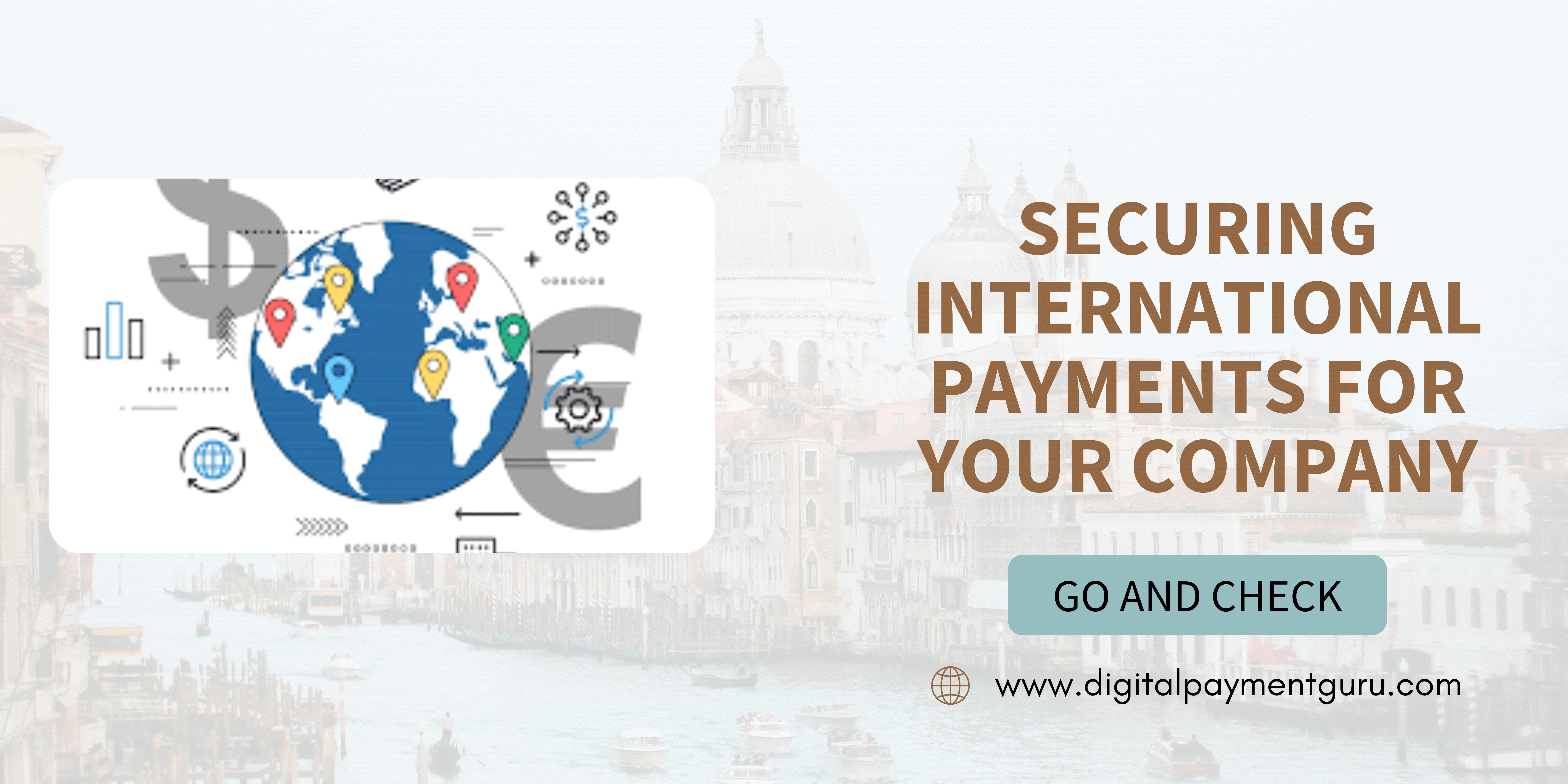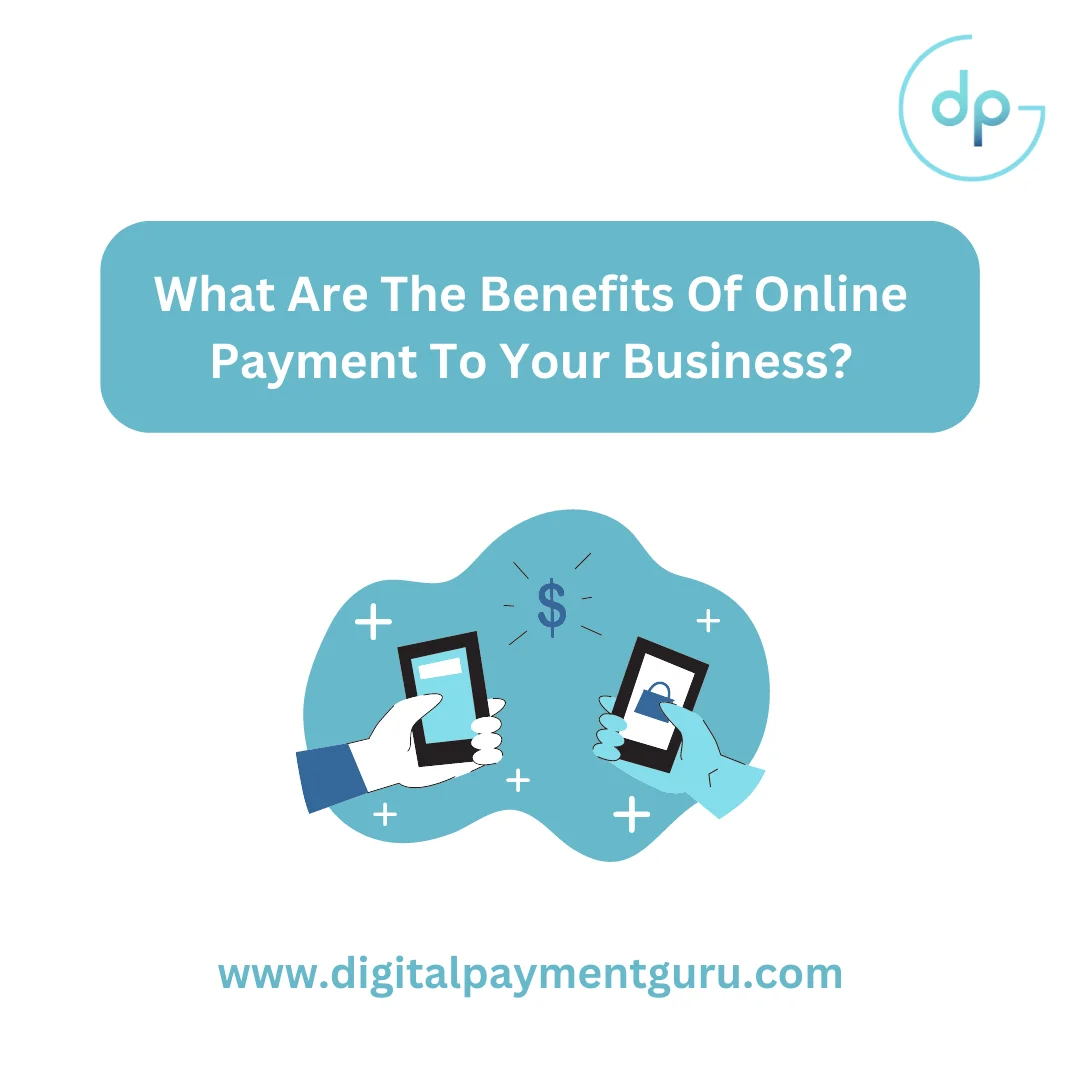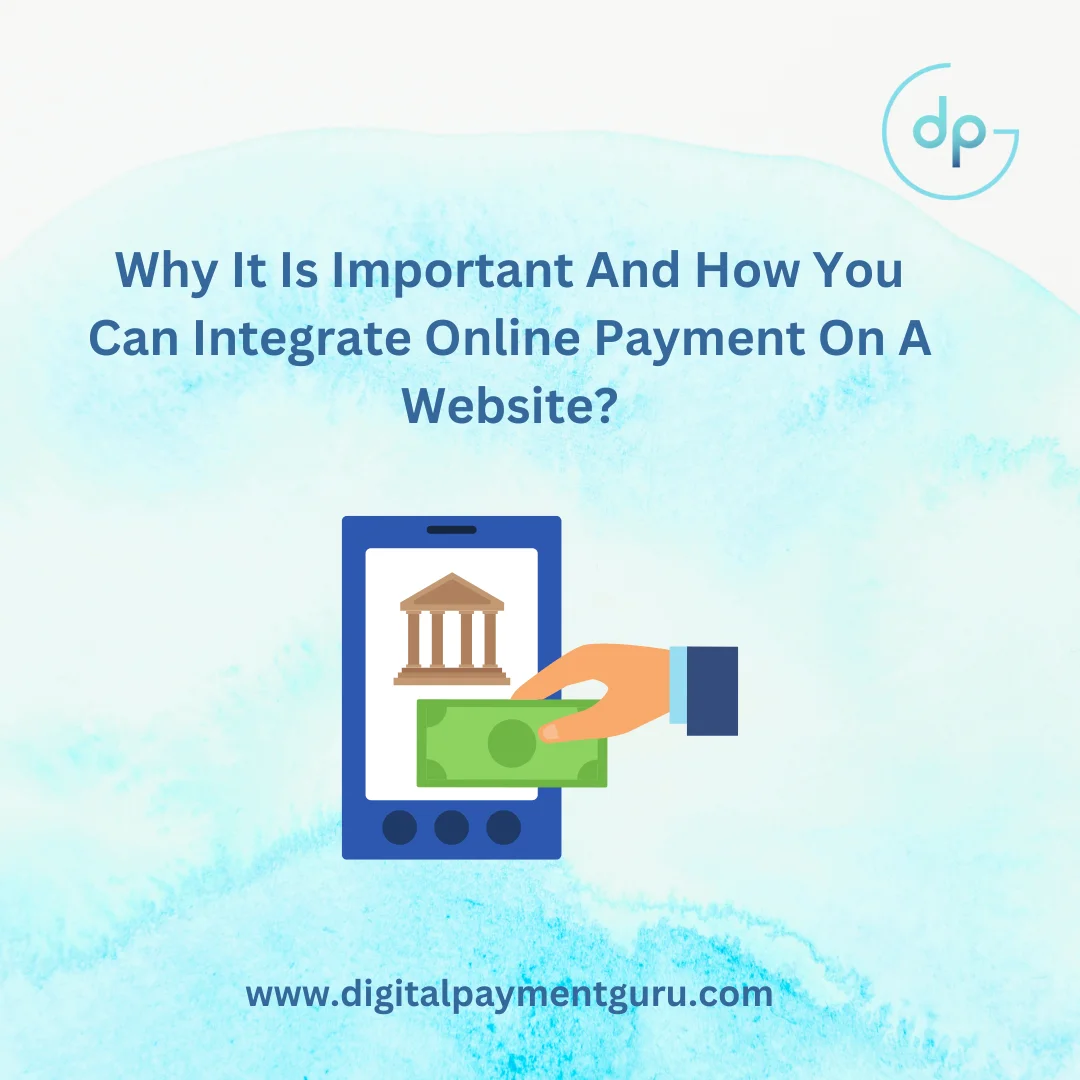Online Payment on the website for services and products is on an upward slope and it doesn’t seem to be stopping anytime soon. People preferred to pay more to benefit from the comfort offered by the payment with the online payment option on the website.
Content :
- It legitimizes Your Business
- Avoid Security Risks
- Recurring Payments
- Impulsive Buying
- It Is Extremely Easy To Implement
Online Payment is all the more relevant More precisely, we could also observe how online transactions increased,
Online payments are also essential to maintain a healthy cash flow in the business, especially since you will receive the money within a few working days (generally 3 days) and there is no need to wait. This means you’ll be able to pay your bills on time, pay your employees on time, and most importantly, grow sustainably.
In an increasingly digitized world, coming from the pandemic, comfort is more relevant than ever.
Regardless of the type of business you have, the online payment option on your website is a simple and impactful way to attract more customers, from different backgrounds and incomes. This means your services and products become more attractive to a much wider range of potential customers.
The pandemic has forced many businesses to pivot online and more and more. People are discovering the advantages of online payments, directly on business websites.
In addition, we present 5 benefits for which you should integrate online payment on your website.
- Online Payment Legitimizes Your Business
One of the biggest problems these days is scammers. It is also the main reason why People are worried when they buy online and choose to pay cash for delivery. But cash on delivery also means extra costs for your business.
So, paying online through an online payment processor also helps you give potential customers confidence in your website. That’s why we insist that Digital Payment Guru will help you to choose the payment gateway for your business, to help businesses be seen with confidence, and to encourage online transactions.
- Avoid Security Risks
Security is the most important aspect when it comes to online transactions. That’s why Digital Payment Guru as a payment gateway service provider ensures that all transactions are secured under PCI DSS Level 1 compliant technology and fraud scrub.
To secure transactions between you and your customers.
- Recurring Payments, Ideal Function For Online Payment
If the recurrence of payments was something specific to services, today we can also talk about physical products that certain customers want monthly, weekly, or even daily. To provide maximum convenience to your customers and ensure that you get paid every time you deliver a service or product, implement recurring payment.
At the same time, recurring payment also helps customers feel protected about the safety of the services they purchase.
All you have to do is to implement the online payment on your website, and from that moment the transition to recurring payment is done in a few clicks. Through this functionality you will be able to follow the cash flow much more clearly and, most importantly, you can make forecasts regarding the investments you want to make to develop.
- Impulsive Buying
An increasingly common phenomenon among young people is impulse buying. This means they will make purchases of products and services without much analysis of the competition.
If you have what they want, they will buy instantly. However, instant purchases can only be made if you allow online payment on your website.
- It Is Extremely Easy To Implement
We provide you with all the documentation you need and can integrate with the most relevant e-commerce platforms available on the market so that you can benefit from online payment in the shortest possible time.
Our customer support and technical support teams are at your disposal to make the transition to online transactions as easy as possible.
In conclusion, online payment helps you attract new customers, but above all, it allows you to grow your business. All you have to do is send us an email or use the contact button and we will help you, step by step, to digitize your business.








